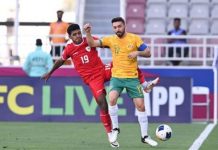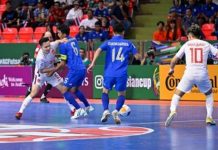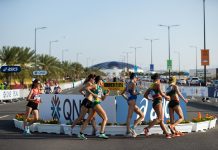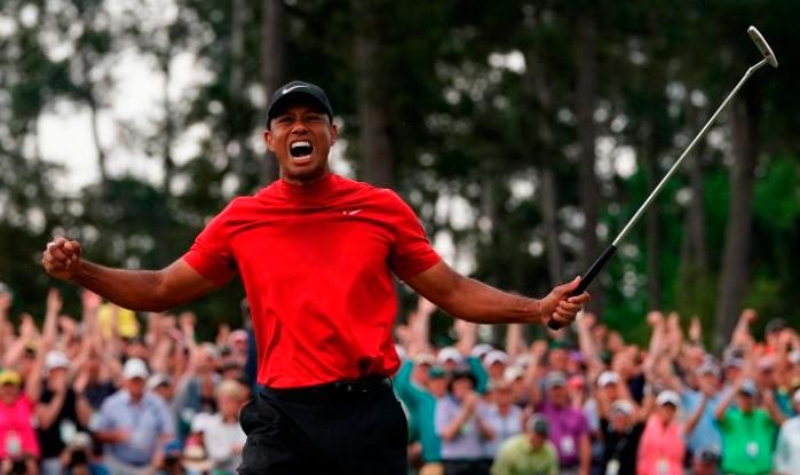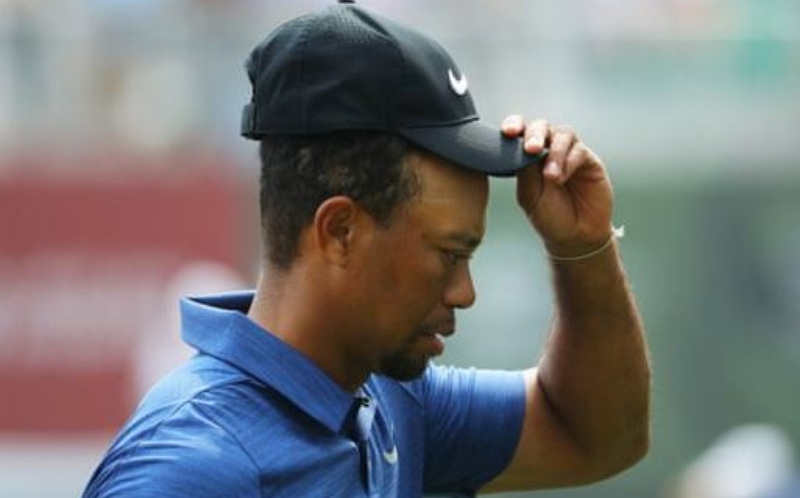
TIGERMANIA is sweeping the globe after Tiger Woods sensationally rocked this week at the hallowed greens of Augusta: From Fallen hero, crippled star, and now a Masters champion again.
It was very special moment in the history of the game of golf, and of Augusta, and of Tiger himself. Nobody who was here on this surreal Sunday will ever forget the way the earth moved or the way the roars rose above the towering pines.
Nobody will ever forget the scene of Woods’ son, Charlie, falling into his father’s arms like Tiger fell into his father’s arms after his record-shattering, barrier-blasting victory as a 21-year-old in 1997.
Now golf-fanatic former Malaysian-born ambassador Krishnasamy Kesavapany has relived memories of his special Malaysian 1999 date with Woods when they met at the Kuala Lumpur Golf and Country Club (KLGC).
“It was truly a special highpoint for me as golf was my No 1 sport and played a prominent part in my diplomatic life,” says 82-year-old Kesavapany, who was Singapore’s High Commissioner to Malaysia from 1997 to 2002. “Tiger even autographed a personalised photo for me with the words: ‘Especially for you.’ I owe this indelible moment to my friend and owner of KLGC, Tan Sri Lee Kim Yew.”
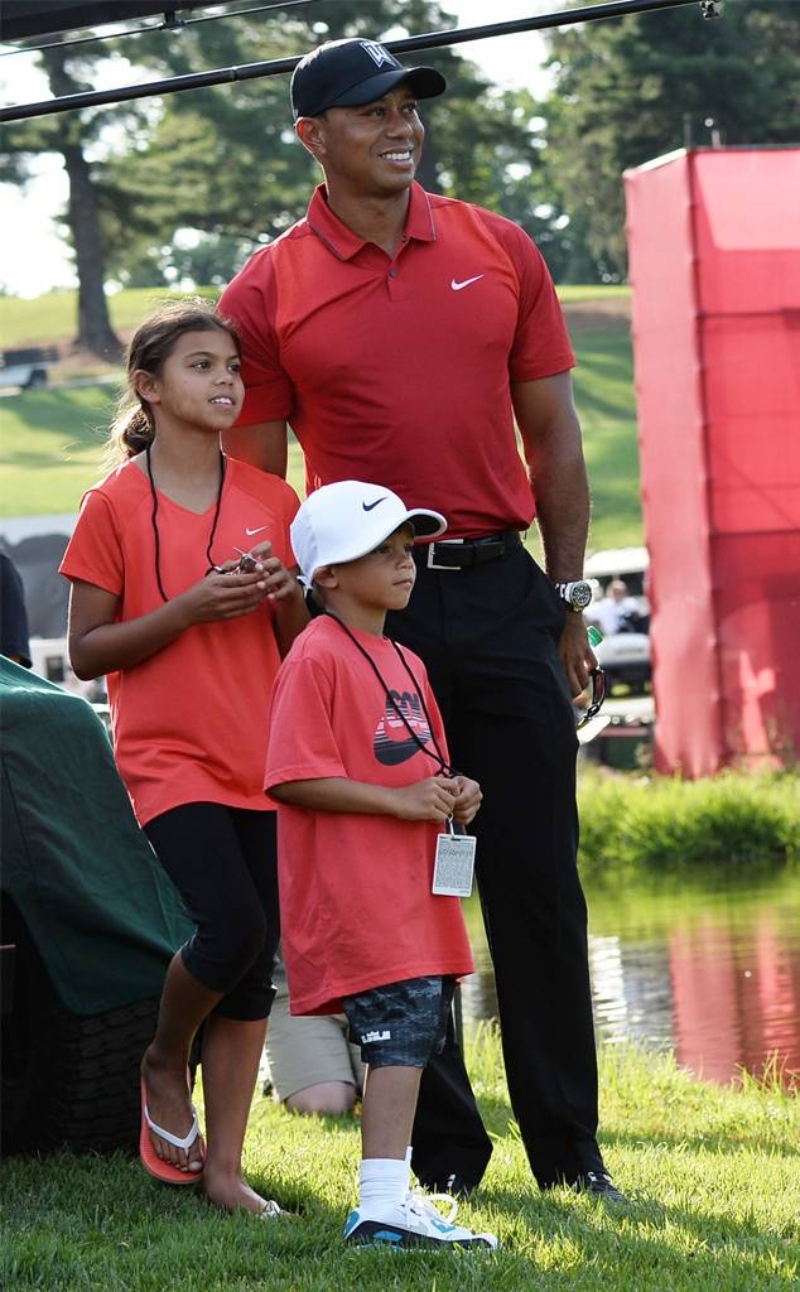 BIG CONGRATULATIONS
BIG CONGRATULATIONS
Congratulating Woods on his extraordinary Masters win, Kesavapany says: “By his latest feat, Tiger has shown that tenacity and confidence can move mountains. His back injuries and ineffective surgeries had left him almost imprisoned by debilitating pain. He couldn’t walk or sit down or lie down or pull himself out of bed. The epidurals and cortisone shots provided him no relief.”
Kesavapany, who plays to a 20-handicap and always believes that golf and diplomacy go hand-in-glove, is pleased that the boxing aphorism that “they never come back” still holds true in many sports – and often in politics and entertainment, too.
“It is true in golf as well as Woods immaculately showed it over the weekend,” he says. “Once a player loses it, it rarely returns. Yet, when the swing off the tee loses its rhythm, good golfers at least have longer to find their way back than good runners, footballers or tennis players do.”
Mind you, few in these sports keep going much beyond their early 30s. Jack Nicklaus won his final Major – also at Augusta – when he was 46. His professional career at the very top lasted more than 25 years. Now Woods, at 43, still has some winning years in him.
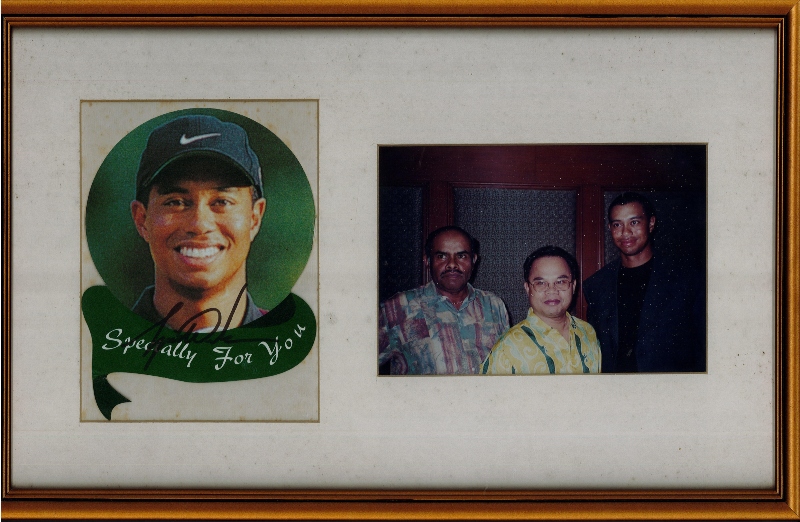 RETURN TO GRACE
RETURN TO GRACE
In Kesavapany’s golf-infactuated mind, Sunday’s exemplary Woods-story ranks as a timely lesson for the younger generation, about a return to grace after a fall. It was documented everywhere from the lurid tabloid headlines chronicling his marital infidelity and divorce to the medical journals outlining the odyssey of his multiple injuries and ongoing back pain.
Woods’ legend needs little more than a show of numbers: 81 PGA victories, 15 Majors, and five green jackets. But the impact that Tiger has had on the game, as well as the people who watch it, transcends the stats. The span of time alone makes this a thrilling sports story.
Stunned by ‘TigerMania’, the big comparisons from Japan to Jamaica, Malaysia to Mexico and even Singapore to Spain start: Was Tiger Woods’s Masters win the greatest comeback in sporting history?
Sport is not short of second comings after adversity – Muhammad Ali in boxing, Monica Seles in tennis, Niki Lauda in F1, even Ben Hogan in golf – but there is an extra dimension to Woods’s. More remarkable may well be Ali, who won back the heavyweight championship seven years after he was stripped of it and had his boxing licence suspended because he refused to be drafted to fight in Vietnam.
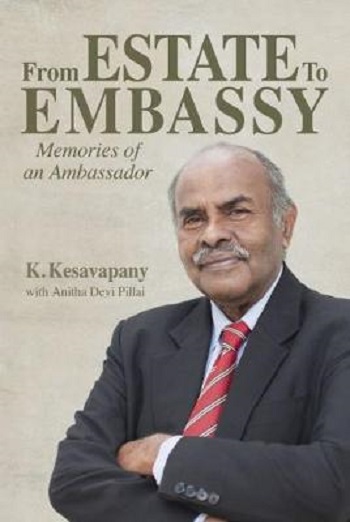
HOGAN’S HEROICS
But Woods was reluctant to claim it was even the best comeback in his own sport. He told The New York Times that the deserving plaudits must go to Ben Hogan, who won the US Open a year and a half after he nearly died in a car crash.
Hogan was hit by an oncoming bus. He threw himself across his wife’s lap to protect her from the impact and, while she was uninjured, he suffered a broken pelvis, collarbone, ankle and ribs. They mended again but he suffered with blood clots for the rest of his life and had to have emergency surgery. He was told he would never walk again and then he went on to win another six majors.
And yet, for all that, one can say this much: Woods’s story is unique in one important way, unlike all those others, in that he did not suffer physically or personally but physically and personally.
He has been tormented in body and soul, his body broken, his back shattered and fused back together again, his reputation shredded and the bits and pieces strewn out for the rest of us to pick over. And here he was, walking off that 18th green, Masters champion, with his family around him, having put it all back together again.
“You never give up,” says Woods to The Washington Post. “That’s a given. You always fight. Just giving up’s never in the equation.”
To rise from such depths – in December 2017, Woods was ranked 1199 in the world – to not only compete but win again at the highest level is simply extraordinary. So too is the time frame; 22 years after Woods embraced his father, Earl, behind the green at Augusta, a Masters champion for the first time, he ran to the same spot and the arms of his 10-year-old son, Charlie, who was not even born when he last won a major, on a broken leg and a torn ACL at Torrey Pines in 2008.
This is “TigerMania” and that’s why Ambassador Kesavapany truly cherishes his dream-come-true meeting, 20 years ago, with an exemplary world-class golfer on the greens of the Kuala Lumpur Golf and Country Club. – By SURESH NAIR
- Suresh Nair is a Singapore-based journalist who was at Ambassador Kesavapany’s book launch recently: “From Estate to Embassy” where he shared his journey, from growing up in the Malayan plantations in Pahang and Selangor to becoming a distinguished diplomat with the Singapore Ministry of Foreign Affairs (MFA).



